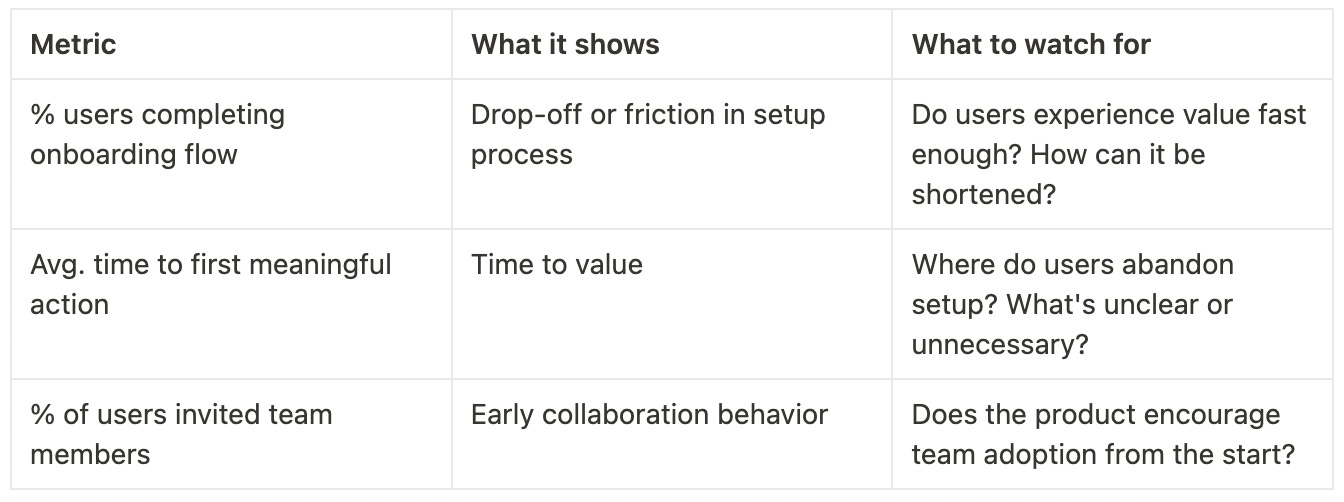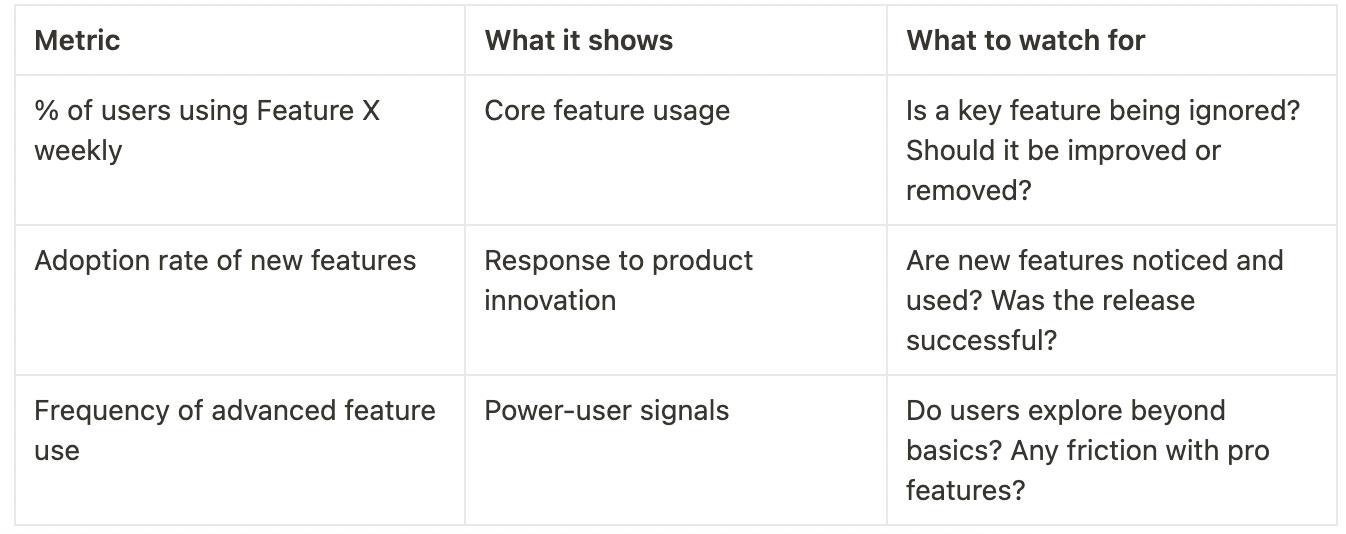How I failed the position of CPO and what lessons I learned
Let me tell you a story about one of the best hiring processes I’ve ever gone through — and how I still didn’t get the job.
A few weeks ago, I applied for a senior product role at a company I genuinely admire. Their product lives right in the space I understand best: Outreach and sales automation.
I knew the niche.
I knew the pain points.
I knew the players in the market.
In short, I thought I had an edge.
I went through every stage:
✅ Calls with the team
✅ A full set of test tasks
✅ A product thinking deep dive
✅ A final call with the CEO
And honestly — I felt great about it. The feedback was positive. The design challenges felt solid. I knew my reasoning, and I explained it. I was all in.
But then the final email came:
“We really liked your strategic thinking and product depth… but we’re looking for someone with hands-on experience managing product teams and stronger analytical depth.”
Ouch.
So, what went wrong?
I’ve spent quite a bit of time thinking about this — and here’s what I realized.
1. Knowing the market ≠ securing the job
You can know the niche inside out — but the company might still be prioritizing something else.
In my case, they were looking for someone who had already built internal product processes, mentored junior PMs and established metric frameworks from scratch. That wasn’t clearly part of the role at first glance — but it was core to their decision.
It’s a humbling reminder: your strongest asset isn't always the most relevant for this specific role.
2. Your test task is not a deliverable — it’s a window into how you think
I worked really hard on my design task. I broke down flows, explained decisions, compared variations, and made strategic calls. That part actually worked — and it worked well.
If you’re going through a test task: don’t just “solve the thing.” Walk them through your thinking. The logic. The tradeoffs. The risks.
Good teams don’t just evaluate your output.
They want to know: Will I trust this person with ambiguity?
3. Even obvious things deserve to be said out loud
One of the things I underestimated was how much I needed to explicitly articulate ideas that seemed “basic” to me. For example: how we’d track the success of a feature. I mentioned MRR, DAU, MAU, churn — but I didn't go deeper.
That was the gap.
The team expected a more detailed approach — not just top-level metrics, but metrics tied directly to user behavior and feature success. They were looking for things like:
Conversion rate per step
Reply rate vs. Accept rate
% of leads moving past specific actions
Funnel drop-off between variants
Time to action per lead
Campaign health score
In retrospect, this is where I missed the mark. I generalized product analytics instead of tailoring them to the context.
What I did next
I created a simple but practical Product Metrics Cheatsheet — not for the hiring team, but for myself.
Something I can refer to every time I build a new feature or prepare for a metrics discussion.
Product Metrics Cheatsheet (not another list of MRR)
Retention & repeat usage (SaaS context)
Onboarding
Activation
Monetization
Feature adoption
Churn & retention risks
Product advice for PMs
Don’t stop at MRR and DAU.
These metrics show business health, not product performance. You need behavior-level metrics to optimize actual user experience.
Track movement, not just events.
Measure how users flow through your funnels — not just how many log in.
Tie metrics to decisions.
Always ask: “What will I do differently if this number goes up or down?”
Own the context.
Metrics are only useful if you know how the product works and what users are trying to do.
Be explicit in interviews.
Even if something feels “obvious,” articulate the exact metric, why it matters, and how you’d move it.
Final thoughts
This process reminded me of something important:
Failing doesn’t mean you weren’t ready. It just means the fit wasn’t perfect — yet.
I don’t regret a minute of this experience. I built better habits, a sharper eye for UX patterns, and a stronger metric mindset.
Sometimes the job you don’t get helps you level up for the one that’s really meant for you.









